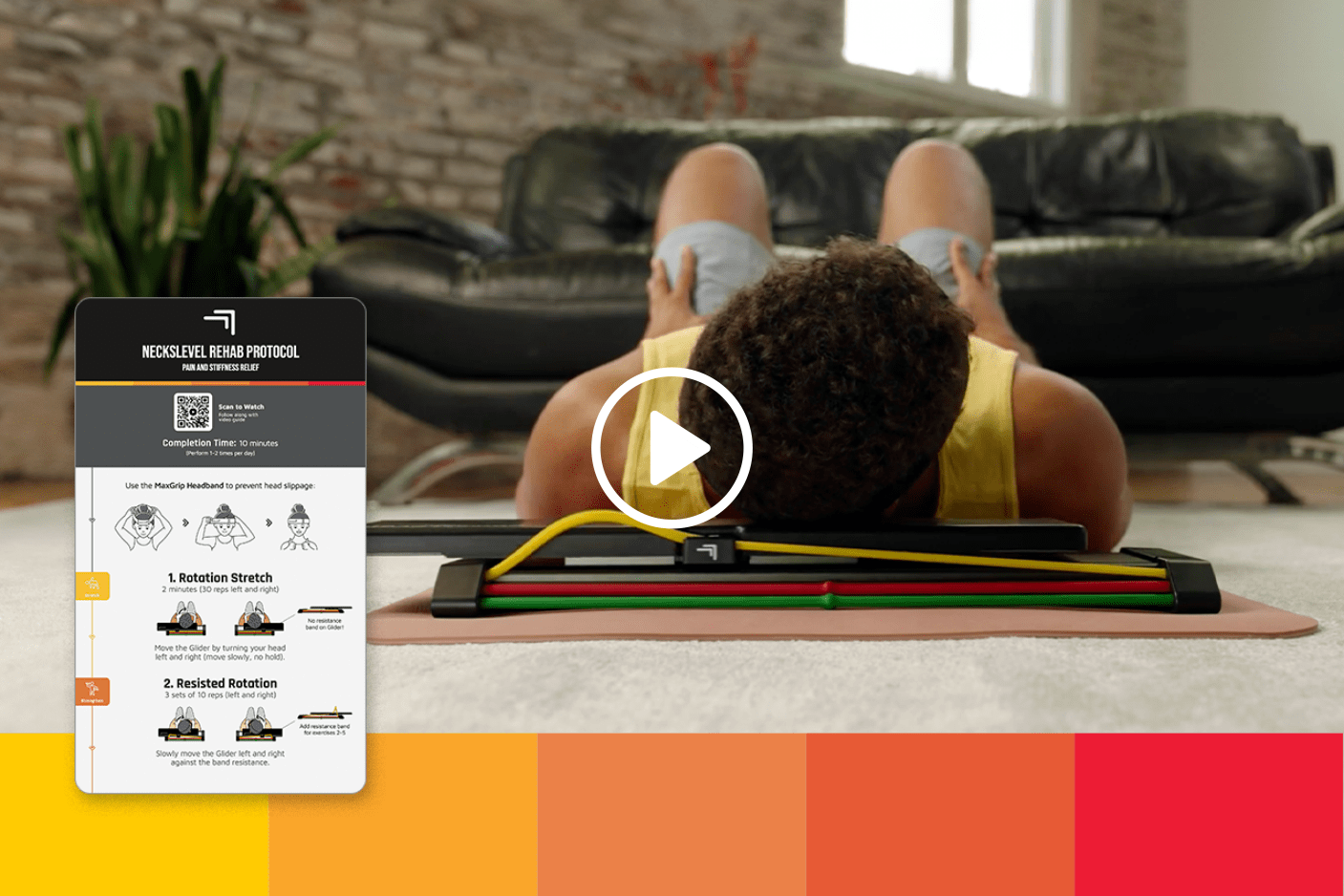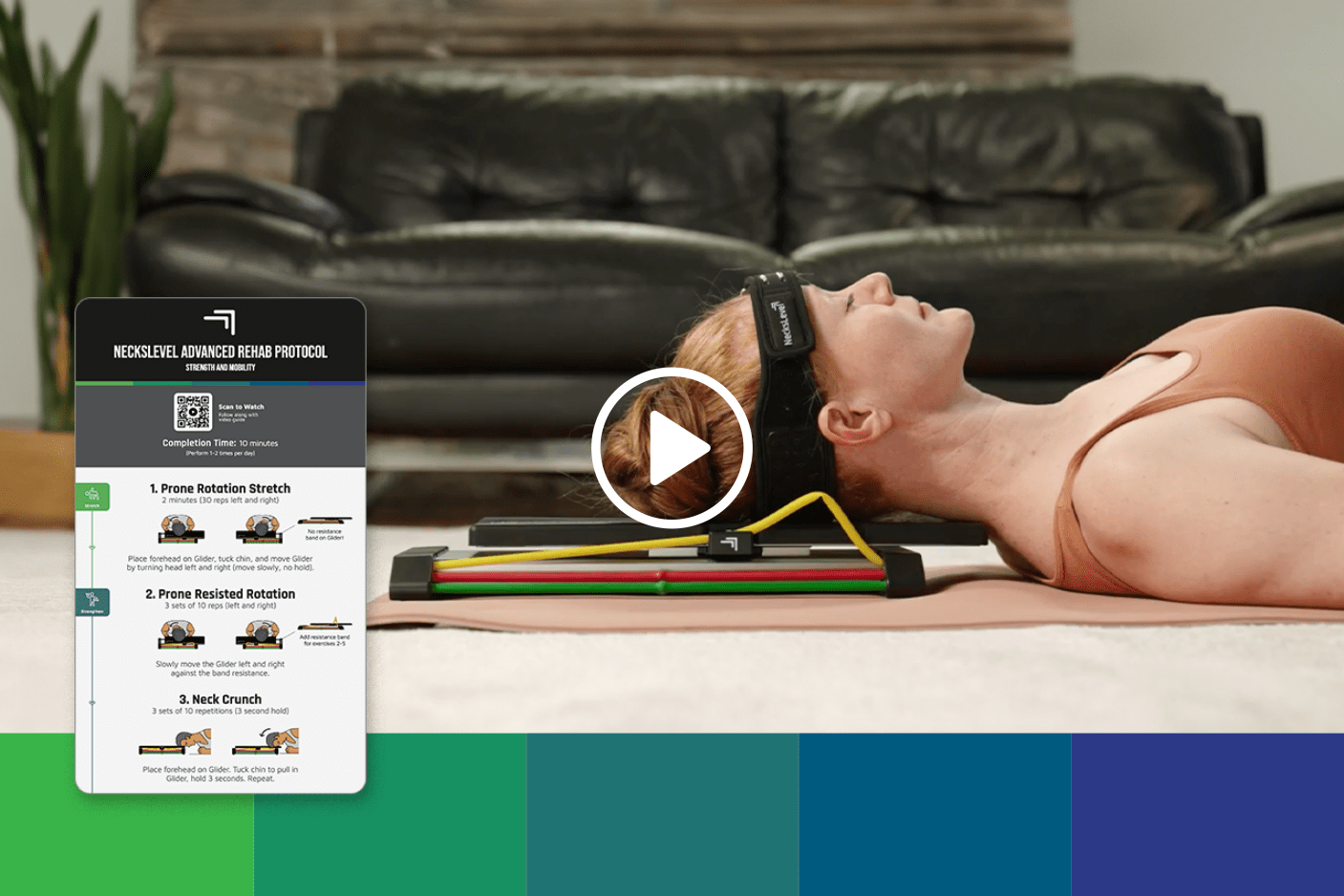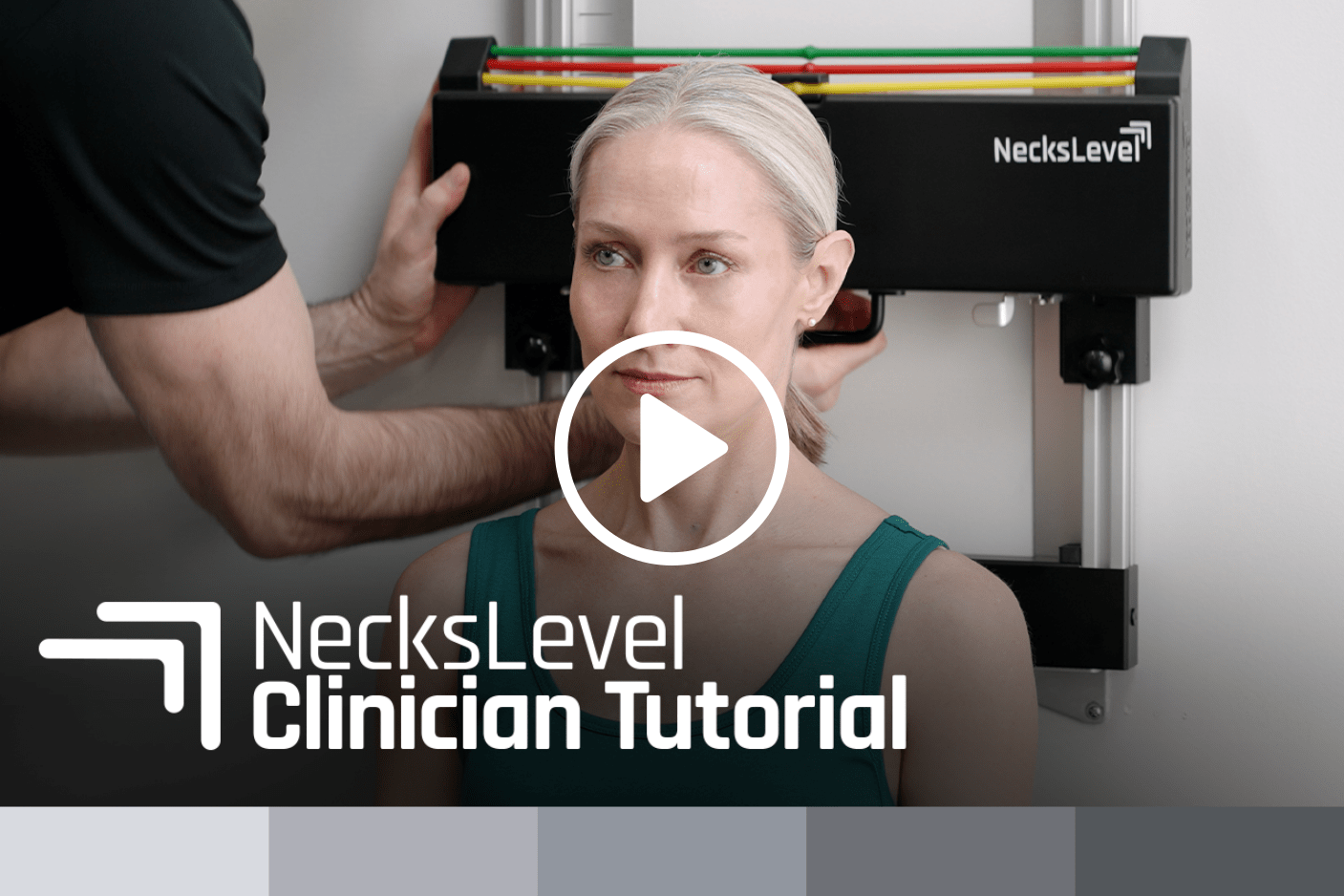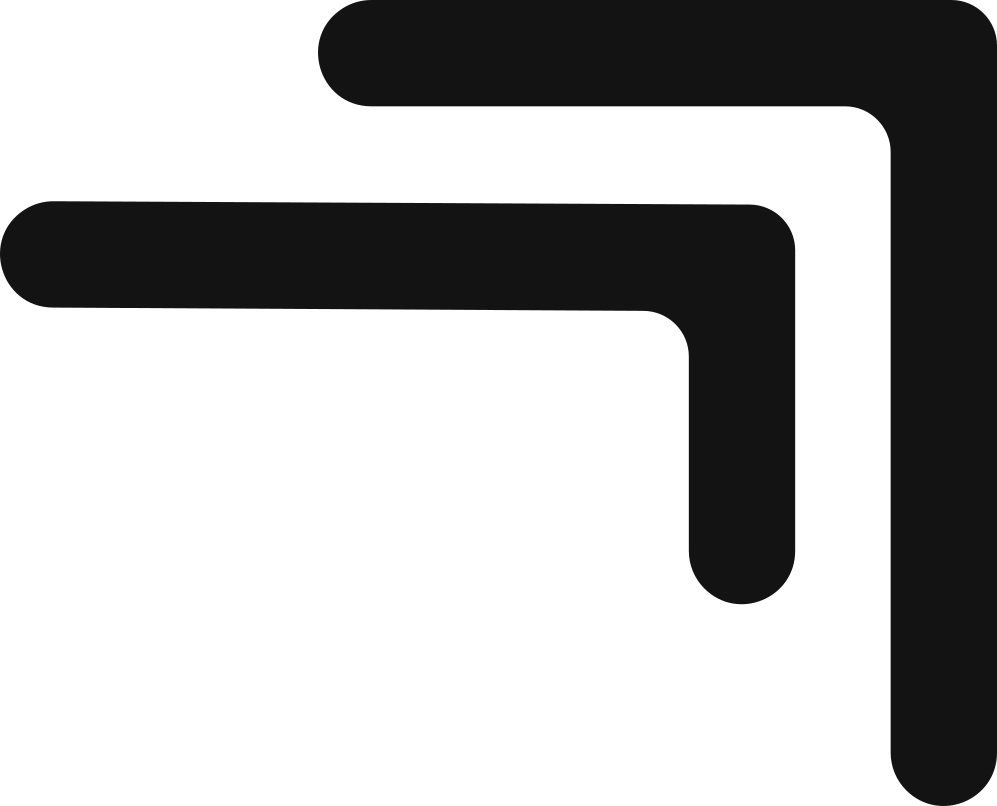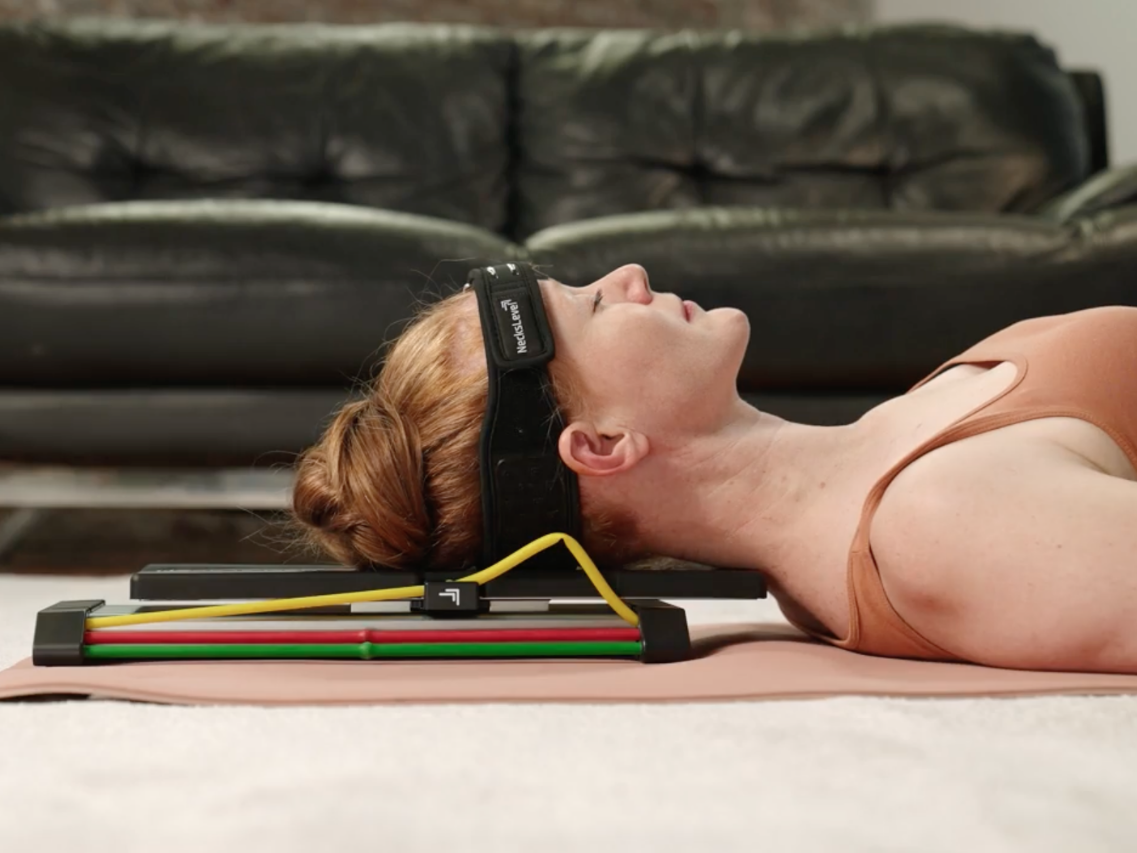Neck Rotation Strengthening for Neck Rehab & Exercise
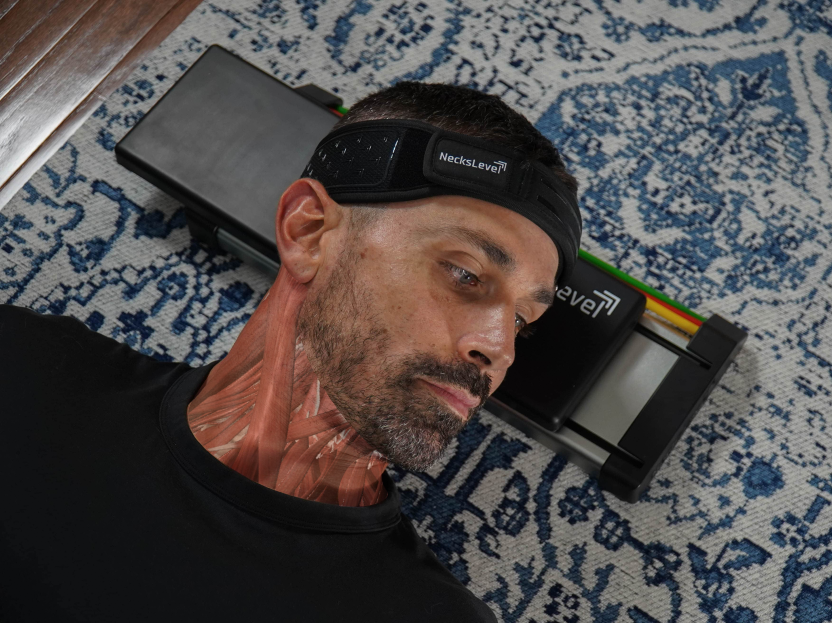
In this article, we'll discuss the different neck rotator muscles, how to strengthen the neck rotation muscles, and why training this muscle group can improve neck pain, neck health, and overall strength.
What are the Neck Rotator Muscles?
The neck rotators are a group of 12 muscles that turn the head left & right. These rotation muscles are important for developing neck strength, posture, & neck pain relief.
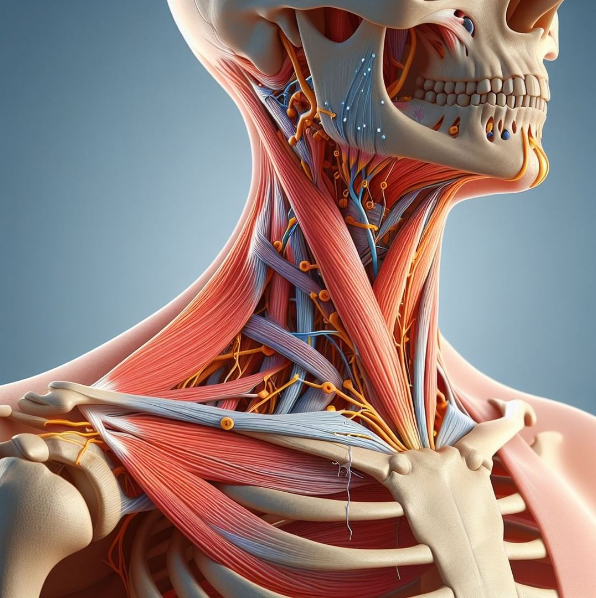
Neck Rotation Motion
Normal neck rotation motion: 70-90°
*Your chin should nearly line up with your shoulder when you turn your head left or right. If not, you have neck stiffness.

3 Important Neck Rotator Muscles
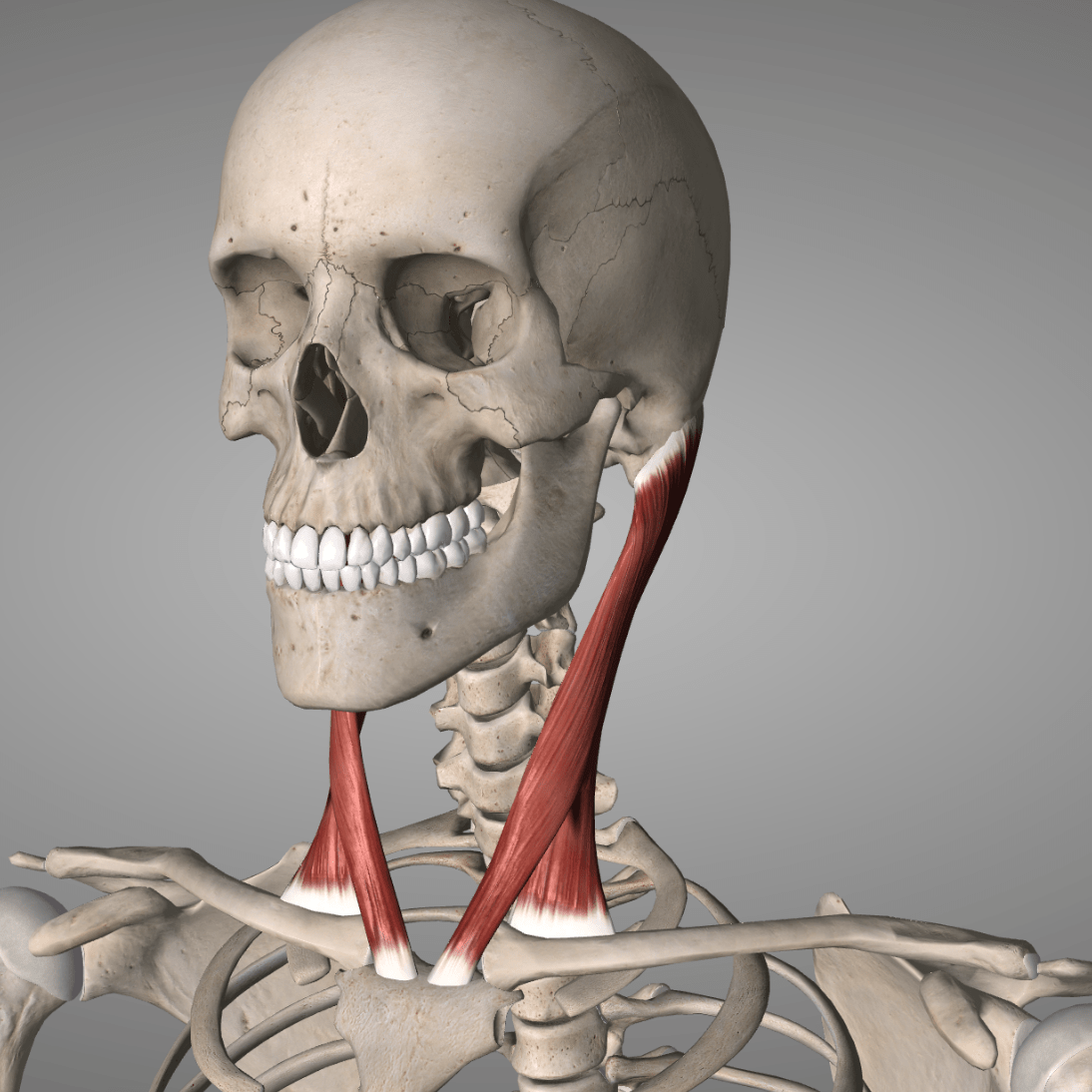
Sternocleidomastoid
This large muscle in the front of your neck is a strong neck rotator and important to strengthen for neck pain relief & injury prevention.
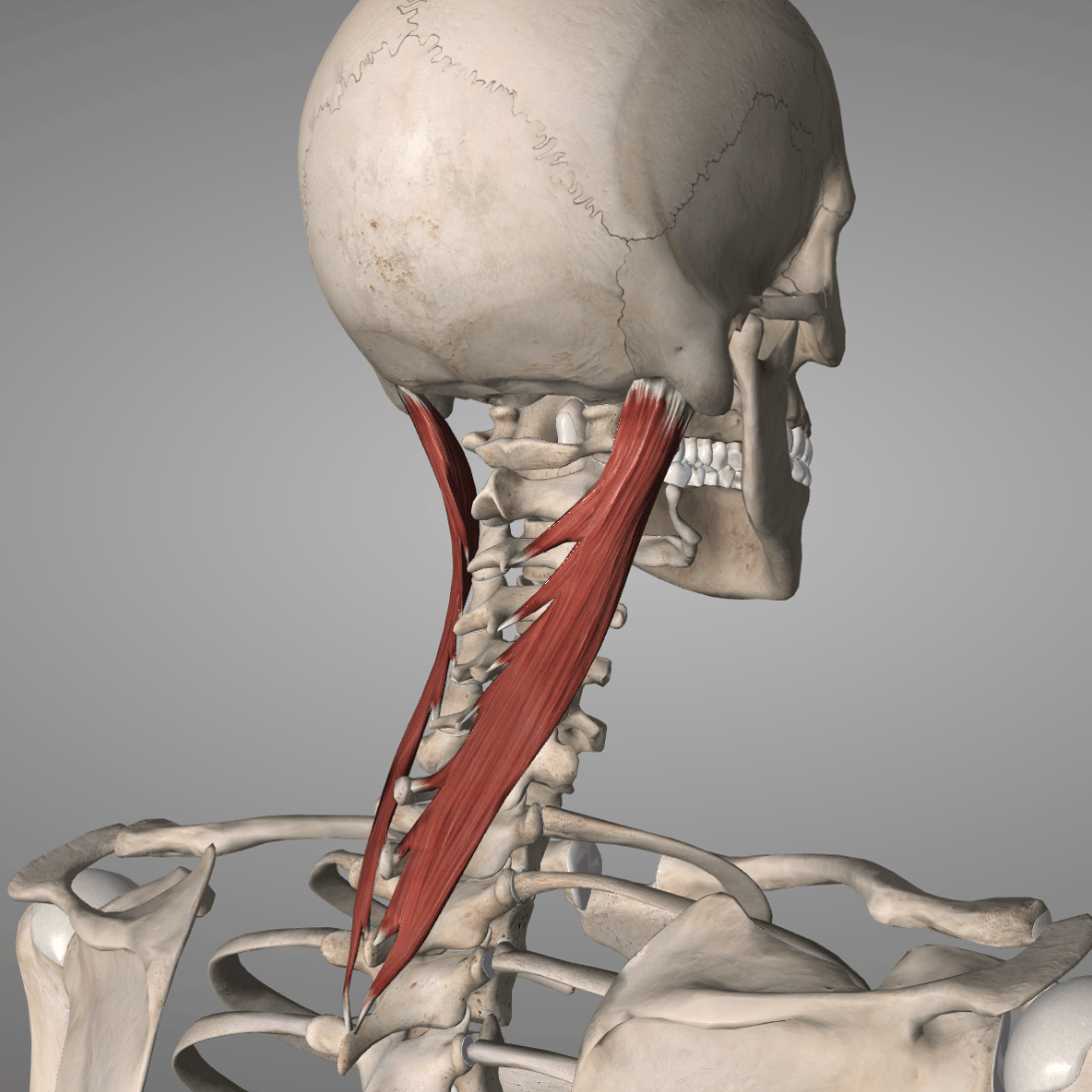
Splenius Capitis
This muscle attaches to your head and runs down the back of your neck. The Splenius Capitis is an important rotator and stabilizer of the neck.
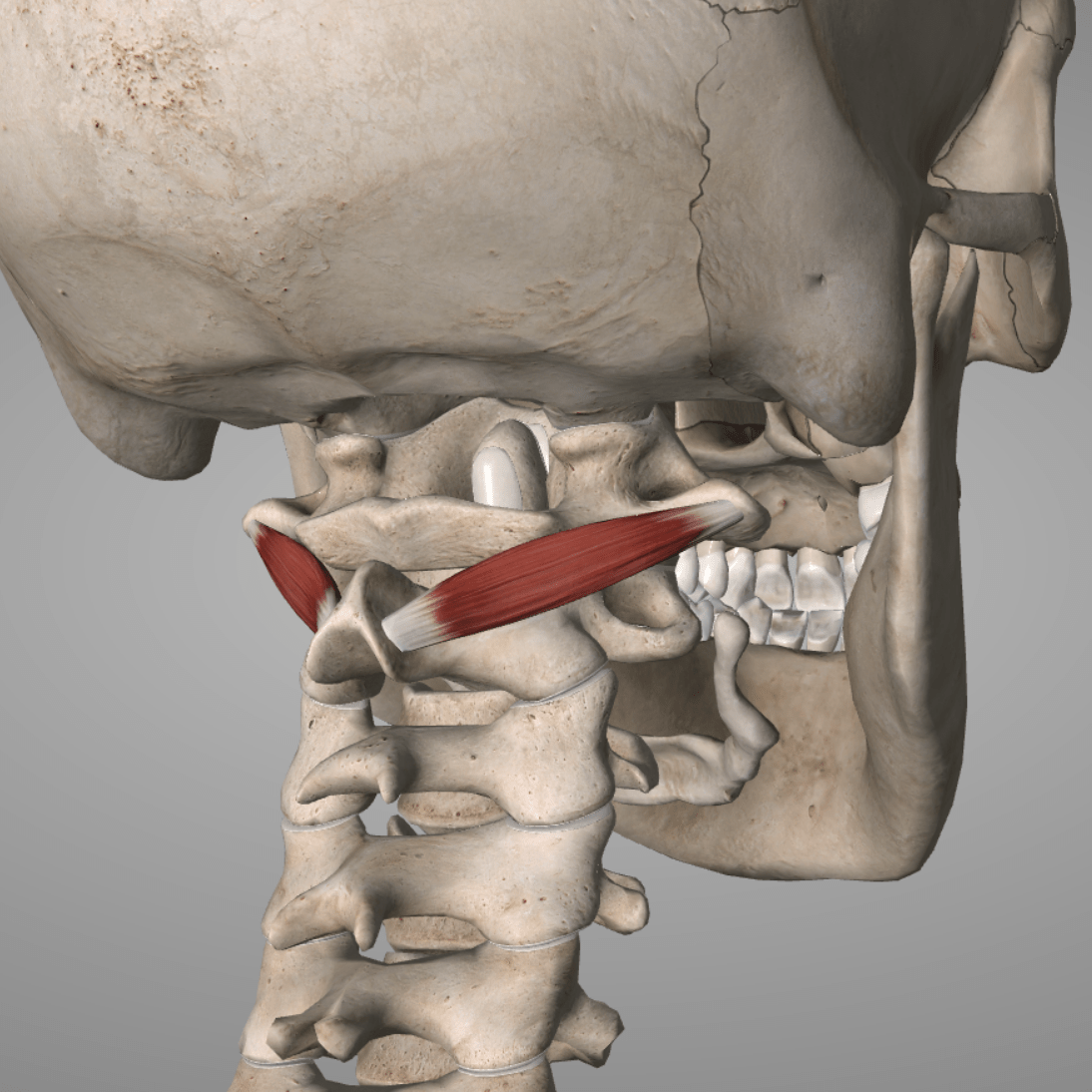
Obliquus Capitis Inferior
This small but important muscle is the only pure rotator in the neck. The OCI is part of the suboccipital muscle group in the upper cervical spine.
Neck Rotation Strengthening:
What are the best neck rotation exercises?
There are a few good ways to strengthen the neck rotation muscles. Tying resistance bands around your head or manual resistance exercises are options but not as effective as using specialized equipment. In this article, we'll show you the best, most isolated way to strengthen the rotators with the NecksLevel Glide and Glide Pro.
Why is strengthening the neck rotator muscles important?
The neck rotators play key roles in neck health, range of motion, and neck strength. They make up 60% of your neck muscles and can help improve overall neck stability and neck motion. Additionally, rotation muscles help prevent concussions & other sport related neck injuries.
Will neck rotation strengthening help my stiff neck?
Yes. Neck strengthening exercises like rotation are great for improving neck range of motion & reducing neck stiffness. Rotation exercises lying down on the NecksLevel are particularly effective for stiffness because lying on your back lets you relax and isolate the stretch.
Stiffness is common in cases of whiplash injuries & pinched nerves in the neck. The following exercises are ideal for working on rotation stiffness & neck strengthening.

NecksLevel Glide
Relieve pain & improve mobility with the ideal neck strengthening tool. Pain-free exercises guaranteed to eliminate & prevent neck pain.
Learn More
How to Strengthen the Neck Rotators
The NecksLevel Glide & Glide Pro use a patented glider system with resistance bands to provide targeted neck rotation strengthening exercises for the neck. In this section, we'll show you the different ways NecksLevel can help you accomplish your neck strengthening goals.
NecksLevel Resisted Rotation:
This angle shows the sternocleidomastoid flexing as the model performs the NecksLevel Resisted Rotation exercise while lying down. This exercise is great for strengthening all of the neck rotators & improving the head turn motion.
NecksLevel Resisted Rotation
Sets: 3 sets of 10 reps
Exercise and strengthen all of the neck rotation muscles by simply turning your head back and forth. You can expect to feel a muscle burn in your neck similar to what you feel when weight lifting.

Prone Resisted Rotation:
Prone (face down) resisted rotation is often more challenging than when lying face up. Face down movements hit the neck muscles from a different angle and are great for neck size & injury prevention.
NecksLevel Prone Resisted Rotation
Sets: 3 sets of 10 reps
This is a great exercise for rotational strengthening. We recommend athletes & those looking to decrease the risk of neck injury & concussion perform this exercise regularly.

Shop Now
4-Way Neck Strength Benefits
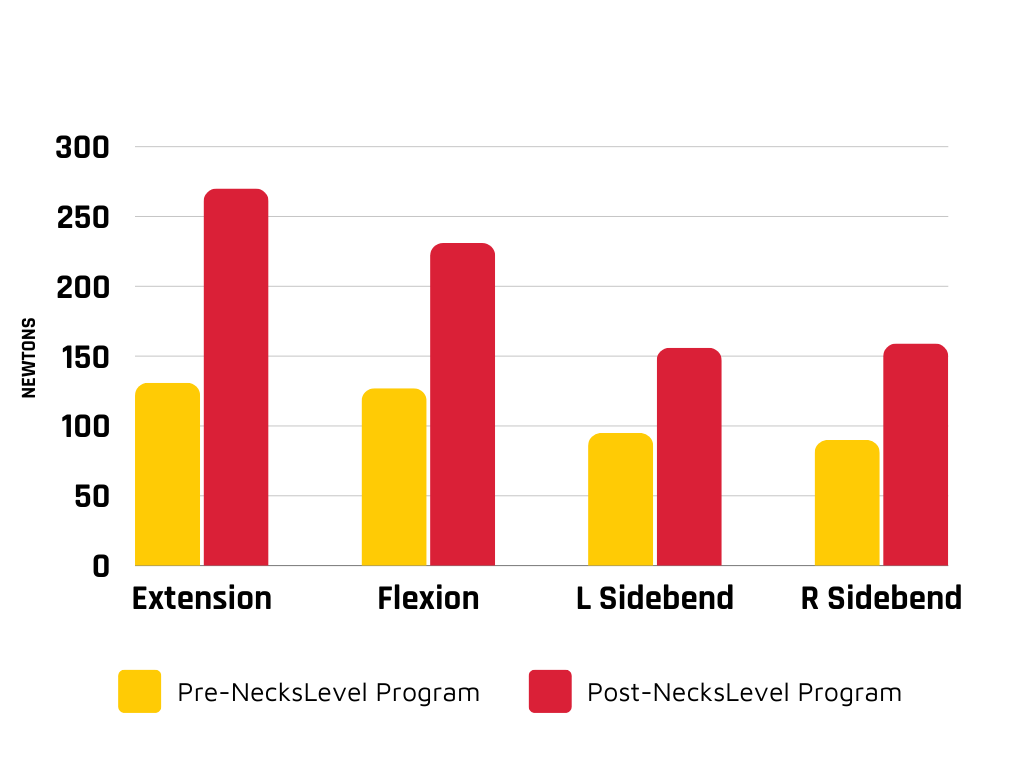
NecksLevel Research
A six week study with NecksLevel showed significant neck strength improvements in all directions when using NecksLevel twice a week.

Full Exercise Protocol for Neck Strengthening & Stretching
This video shows our full neck strengthening & rehab program on the NecksLevel Glide & Glide Pro
FAQs - Neck Rotation Strengthening
How long does it take to get your neck stronger?
Early strength improvements can be felt within the first few weeks of consistently using the NecksLevel Glide or Glide Pro. 6-8 weeks is the average training period recommended to increase neck muscle strength.
If I have neck pain & stiffness would strengthening my neck rotator muscles help me?
Yes. Neck exercises on the NecksLevel are used to relieve neck pain and reduce neck stiffness. Hundreds of physical therapists and chiropractors use NecksLevel with their patients for this very reason. You'll also want to strengthen your neck with deep neck flexor exercises (cervical flexor exercises).
Why is neck rotation important?
Neck rotation is a key movement of the neck that allows you to turn your head while driving, play sports, and live a normal life. Stiffness of neck rotation can be very limiting and decrease quality of life. Neck rehab devices like NecksLevel can play a large role in improving neck motion.
Which neck muscles do rotation? Where are they?
The neck rotation muscles are located all around (360°) your cervical spine. The neck rotator muscles include:
Sternocleidomastoid
Splenius Capitis & Cervicis
Obliquus Capitis Inferior
Multifidus
Upper Trapezius
Levator Scapulae
Longus Capitis & Colli
Rectus Capitis Posterior Major
How can I strengthen my neck rotator muscles if I don't have a NecksLevel?
Here's a great video resource for strengthening your neck muscles with just a theraband.
Written by:
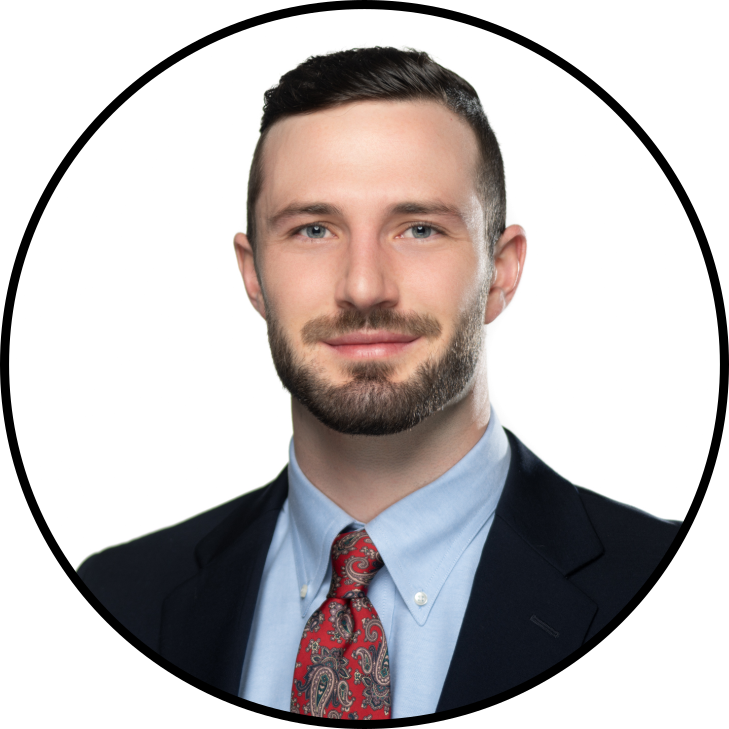
Dr. Scott Dickenson, DPT, ATC
Physical Therapist
Scott is an Orthopedic Physical Therapist specializing in neck pain with nearly a decade of clinical experience. He regularly speaks at national Physical Therapy, Athletic Training, & Chiropractic conferences on neck injuries & rehab in sport.
NecksLevel Glide
"Like having a Physical Therapist in your home"
Professional neck strengthening and stretching in one compact device. Relieve neck pain while reducing neck stiffness & improving your posture.
Shop Now



